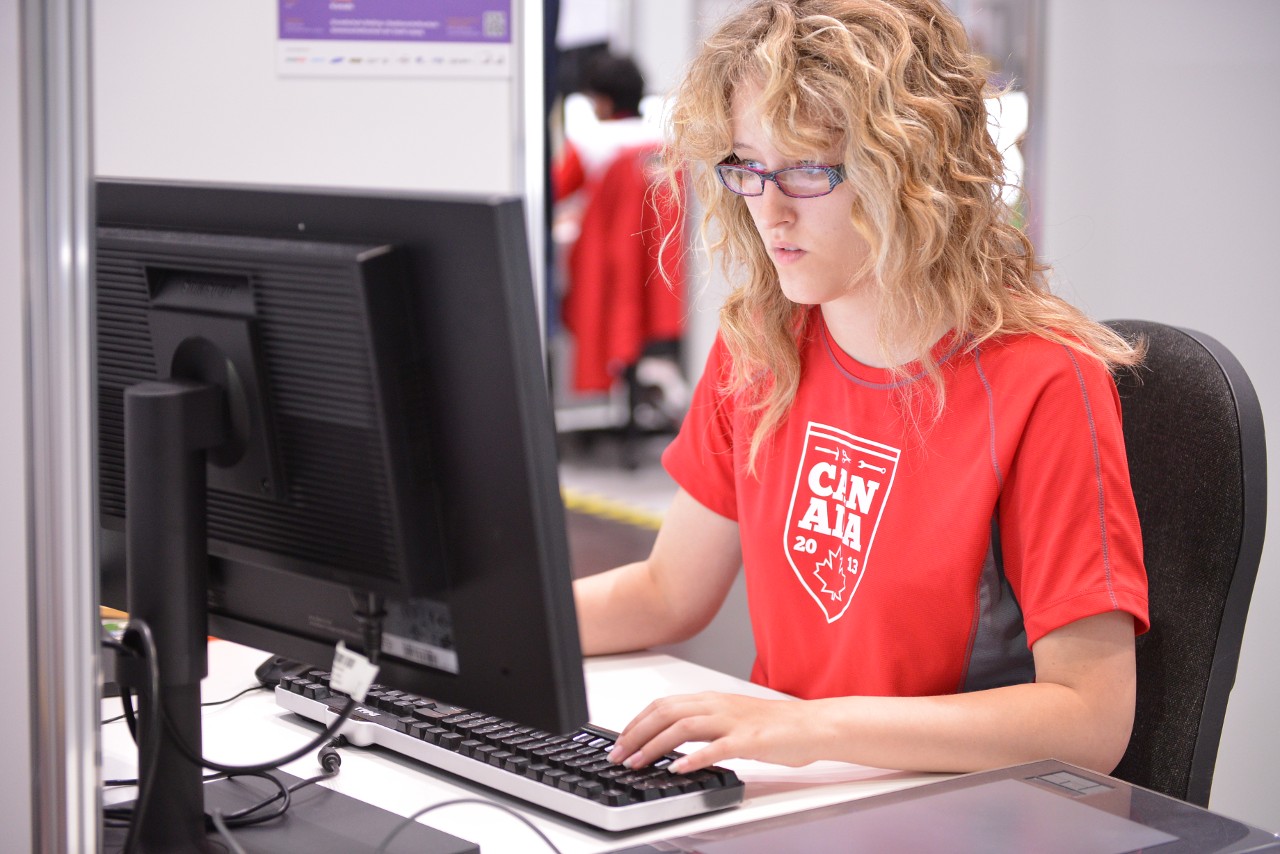Web Design 17
Web Design encompasses many different skills and disciplines in the production and maintenance of websites. The diversity of the skills required by a web developer are many, often to the point it is difficult for a web designer to excel in all aspects. As a result, a team may cover the Web Design process, with each member of the team having their own strengths, specialties and role in the development process.
Web Design involves implementing specific solutions that follow the business rules and objectives outlined by the client. Web Designers develop a professional relationship with their clients, interacting with them in order to develop a deep understanding of the requirements and convert these into a website specification. Strong design and communication skills, coupled with research techniques and a grasp of target audiences, markets and trends, will ensure initial client satisfaction and credibility for the Web Designer.
Having completed the website planning and design, the Web Designer then integrates the website with third party tools and platforms. During the development process web designers design and develop the databases, create programs, tests and debug the website. The current trend is to also integrate the website with Social Media and take advantage of the leverage these modern platforms bring.
All these skills may apply equally to the re-design or an upgrade of an existing website.
A Web Designer has many employment opportunities. This can range from being a self-employed freelancer to being employed by media organizations and advertising agencies. Web Designer positions may be broad in scope or specialize in an area such as Graphic Design, Client Management, Front End Development, Back End/Server Side Development and User End Designer. Whichever role a web designer chooses to specialize in they will need to have access to ICT facilities, open source libraries and frameworks.
High performing Web Designers may have broad or specialist web-related skills. However, to excel they must have a strong grasp of copyright law and a well-developed personal code of ethics. They must understand artistic values, and take personal responsibility for being constantly at the forefront of trends and web technology. They must also be responsive to clients and have the ability to work in structured and unstructured teams and groups. These qualities enable the Web Designer to contribute and take advantage of this rapidly developing aspect of modern communications technology.
Required skills
Web design encompasses many different skills and disciplines in the production and maintenance of websites. These include:
- Meeting with clients to discuss and evaluate requirements
- Helping the client understand how a website will accomplish their business objectives and set key performance indicators for success
- Designing the layout and selecting appropriate typography and colour schemes
- Implementing HTML and CSS mark-up to create the website layout
- Adding interactivity and additional functionality with JavaScript
- Use open source libraries
- User Interface Design
- Integrating with third-party platforms (eg. Content Management System (CMS))
- Designing and developing databases
- Creating PHP programs that interact and manipulate data
- Debug website issues and bugs
- Improving search engine performance via Search Engine Optimization (SEO)
- Testing the website functions correctly in multiple browsers, at different resolutions and on different devices
- Social media integration
- Re-designing an existing website
Career info
Web Design encompasses many different skills and disciplines in producing and maintaining, re-designing or upgrading websites. The field is exciting, creative and transforming the way we source, exchange and publish news, and present entertainment.
Strong design and communication skills, coupled with research techniques and a grasp of target audiences, markets and trends will ensure initial client satisfaction and credibility for the web designer.
Starting with information about client needs and the target audience, the designer conceptualizes the site look and feel; works with a variety of tools and platforms to develop databases, navigation and content presentation; and may create programs. Typically there is a plan for testing and “de-bugging” the site prior to going live. They will need to have access to ICT facilities, open source libraries and frameworks. To excel they must have a strong grasp of copyright law and a well-developed personal code of ethics. Understanding considerations around cyber security is increasingly relevant.
In the ever-widening world of the web, a designer may choose to specialize in an area such as Graphic Design, Client Management, Front End Development, Back End/Server Side Development, User End Designer, or related Social Media.
Foremost, the designer who excels will understand and recognize the importance of aesthetics, strong client relationships, and the professional advantage of keeping at the forefront of ever-dynamic web trends and technology.
At the Competition
The development of a website often involves a sequence of developmental phases:
- planning
- creating elements for the web site
- client side coding
- server side programming
The process of development may vary involving a different order of phases. The Web Designer may be provided completed portions of a website such as a completed database or a completed user interface (UI). Through the sequence of developmental phases ongoing testing takes place.

